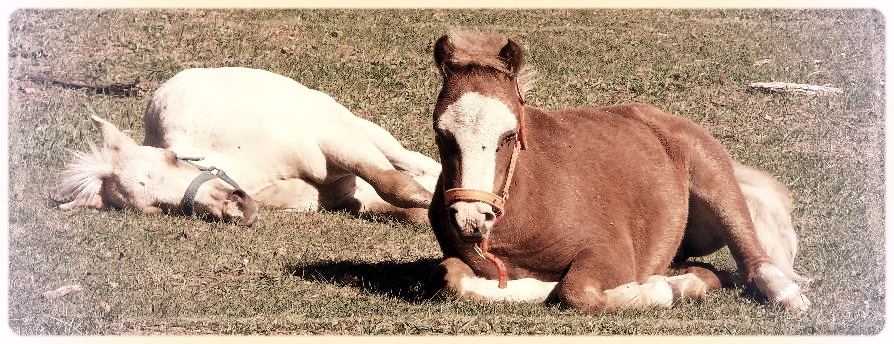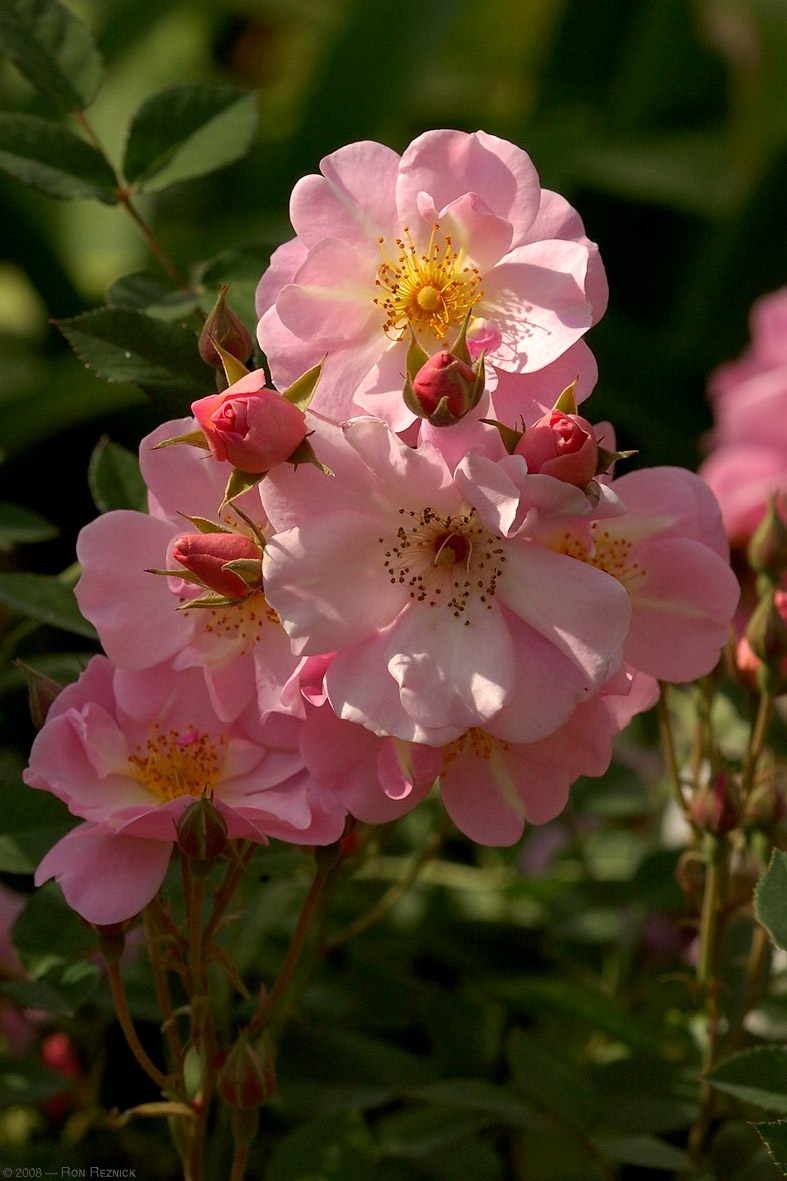
Growing the finest Welsh Ponies since 2006
SECTION A
The Section A Welsh Pony is also known as the Welsh Mountain pony. An animal of great beauty and refinement, he has the substance, stamina and soundness of his ancestors. Well known for their friendly personalities and even temperaments, they are extremely intelligent and easily trained.
Both the Section A and Section B ponies are characterized by the following traits. A large, bold eye, tiny head, short back, strong quarters, high set on tail, fine hair, hocks that do not turn in, laid back shoulder, straight foreleg and short cannon bone. The Section A pony may not exceed 12.2hh.
SECTION B
With all the physical and personality characteristics of the Section A, this section of the Welsh Pony was originally added to meet the demand for a larger riding type pony.
Section B ponies do not exceed 14.2hh but have no lower height limit. They are well known for their elegant movement and athletic ability but still retain the substance and hardiness of their foundation, the Section A.
(Section Discriptions as quotes from www.welshpony.org the Website of the Welsh Pony and Cob Society of America)
A half-Welsh registry is also available for those animals with one purebred Welsh parent.
(thus any foal by either of the our fine stallions is registerable with the WPCSA)
Early History & Heritage
The original home of the Welsh Mountain Pony was in the hills and valleys of Wales. He was there before the Romans. His lot was not an easy one...winters were severe and vegetation was sparse. Shelter, most often was an isolated valley or a clump of bare trees. Yet the Welsh pony managed not only to survive, but to flourish. Led by proud stallions, bands of mares and their foals roamed in a semi-wild state climbing mountains, leaping ravines, running over rough terrain. Hence, the development of a pony with a remarkable soundness of body, tremendous endurance and a high degree of native intelligence. Down through the years, the Welsh pony and cob has served many masters. On the upland farms of Wales, Welsh Cobs would often have to do everything from plowing a field to carrying a farmer to market or driving a family to church on Sunday. Welsh ponies have been pampered by royalty and served on the farms of the poor. That the Welsh pony carries a trace of Arabian blood seems beyond a doubt. However, he has maintained his own dominant physical characteristics over the years. It has been demonstrated that Welsh crosses well with many other breeds, and this is, to breeders, an important aspect of his unusual versatility.
The Welsh Pony & Cob Society was founded in 1901 in Wales. All Welsh ponies and cobs found in the United States are descended entirely from animals registered with The Welsh Pony & Cob Society in the UK.
Growth of the Breed in America
While Welsh ponies were imported to America as early as the 1880's, the Welsh Pony and Cob Society of America was not established as a breed registry until 1907. Interest in the breed dropped during the depression years, but through the combined efforts of breeders, particularly those in the East, participation in shows and fairs continued. By the 1950's the numbers of members grew, more ponies were imported and interest increased dramatically. Over the next few decades Welsh became the fastest growing breed in America. Registered Welsh ponies and cobs can be found in every state and also in Canada. To date, over 45,000 Welsh ponies and cobs have been registered.
Uses of the versatile Welsh pony
The Welsh breed is ideal for the growing child and has the spirit and endurance to challenge an adult. Today Welsh ponies and cobs can be found competing in nearly every discipline...hunters, driving, dressage, combined training, combined driving, English & Western pleasure and heavy harness.
(quoted from www.welshpony.org the Website of the Welsh Pony and Cob Society of America)
